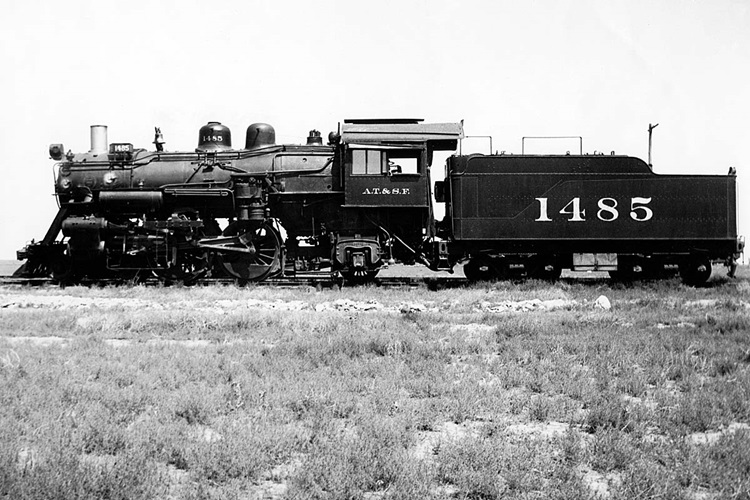
Built in 1910 by Baldwin, Atchison, Topeka & Santa Fe No. 1485 is one of 23 similar locomotives that operated into the 1950s. The railroad had 171 such locomotives built by Baldwin, and one built by the railroad itself. Photo by Harry Hall […]
Read More…

Armstrong levers – so named because they took some arm strength to move – were used to throw turnouts and change signal indications. Especially in older installations, each lever had its own personality and required various amounts of finesse to operate. Photo by Union Switch & Signal […]
Read More…
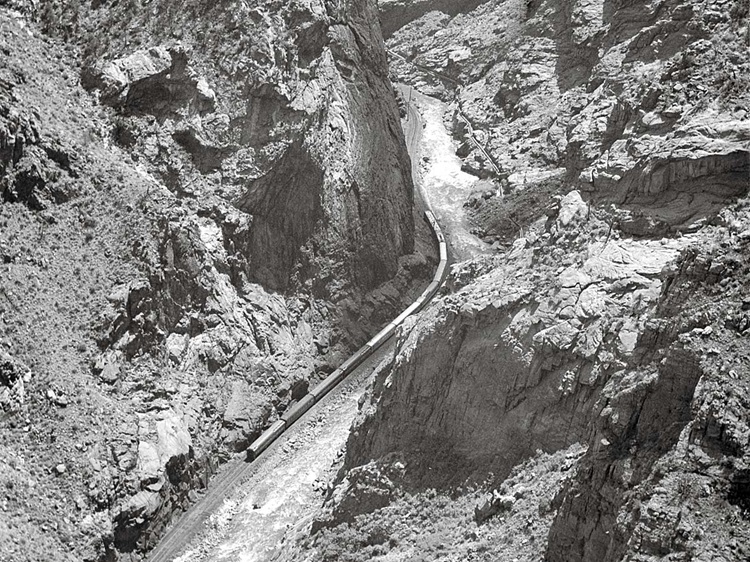
The Rio Grande passenger train named Royal Gorge paused for 10 minutes of sightseeing at the bottom of the chasm in the 1960s. Here we see the train running in its namesake Colorado gorge. Photo by Bob Borcherding […]
Read More…
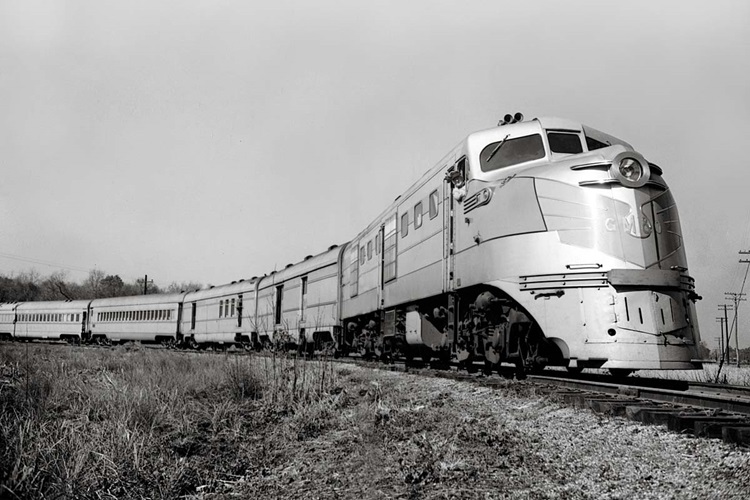
Alco’s distinctive pre-war DL passenger locomotives were styled by industrial designer Otto Kuhler. The diesels also featured a distinct sound, with a pair of 539 engines—the post-war PAs had a single 244 power plant. Gulf, Mobile & Ohio’s pair frequently pulled trains 15 and 16, the Gulf Coast Rebel, between St. Louis and Mobile. Photo by […]
Read More…
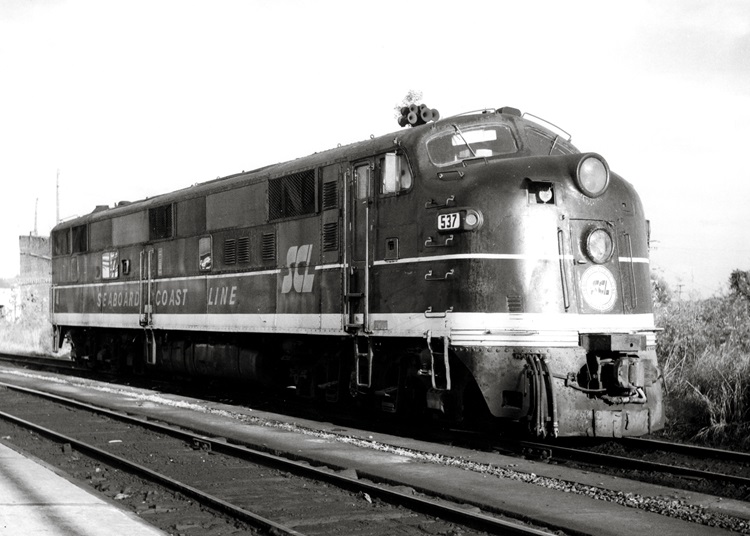
Former Atlantic Coast Line E7 537 was relettered for Seaboard Coast Line following ACL’s mid-1967 merger with Seaboard Air Line. ACL owned 30 of the 2,000 EMD passenger diesels, while SAL bought 35. Photo by Seaboard Coast Line […]
Read More…

A hostler tops off the fuel tank of an Illinois Central E unit at the New Orleans Union Passenger Terminal locomotive facility in 1954. The E unit will go out later on the Panama Limited to Chicago. Photo by James G. La Vake […]
Read More…
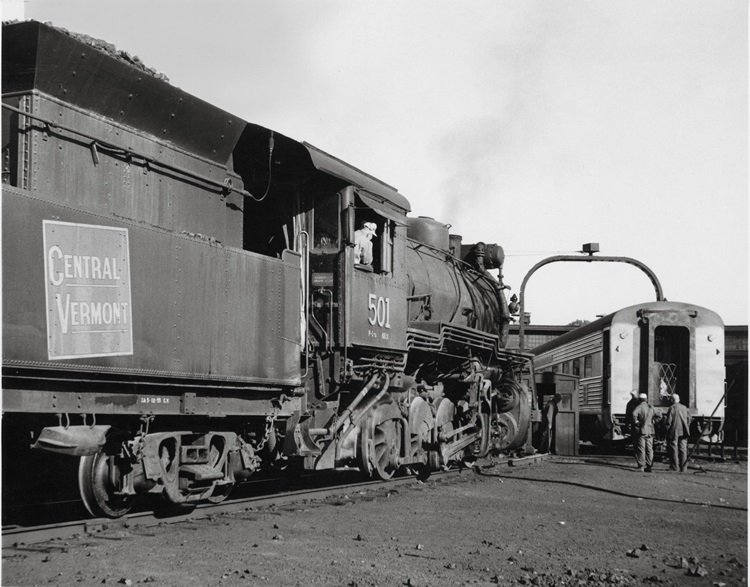
Central Vermont 0-8-0 501 stands by as a New Haven sleeping car is turned on the turntable at St. Albans, Vermont, in September 1955. Photo by Philip R. Hastings […]
Read More…
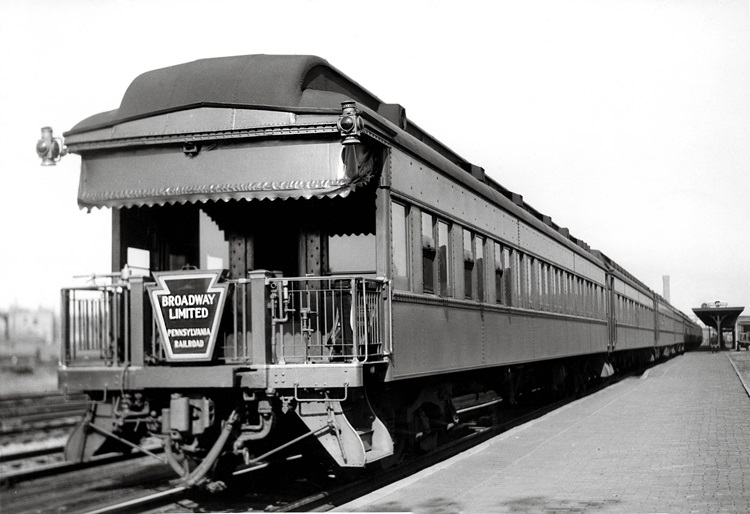
The westbound Broadway Limited is just a few miles from its destination as it pauses at Englewood Union Station on the South Side of Chicago in 1933. The Pennsylvania Railroad’s premier train traded its heavyweight cars for streamlined equipment in 1938. Photo by Rail Photo Service […]
Read More…
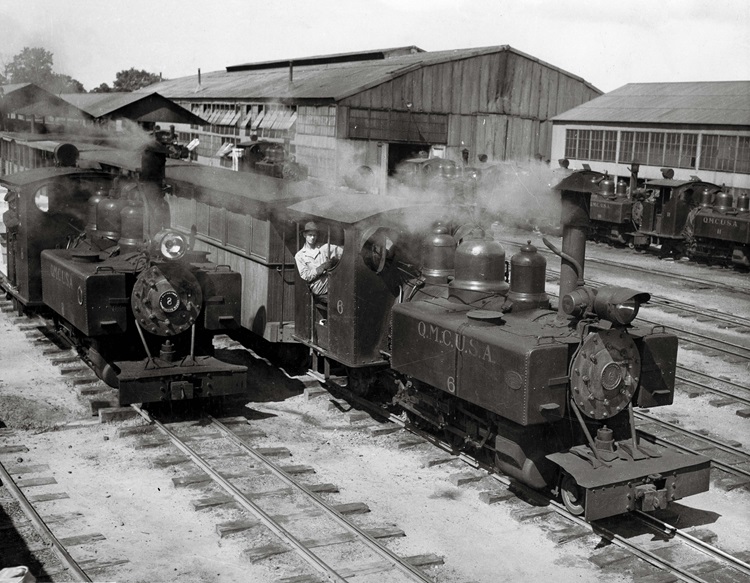
At least eight 60-centimeter-guage 2-6-2Ts of the type used by the U.S. Army on temporary railways in France during World War I are visible in this scene at Fort Benning, Georgia, after the war. Baldwin, Davenport, and Vulcan built some 296 of the diminutive engines. Fort Benning’s 27-mile line moved men and material around the […]
Read More…
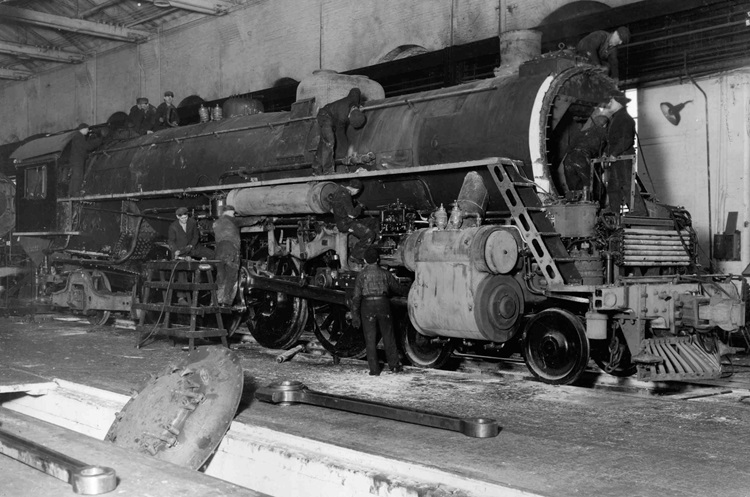
Between 1942 and ’48, Baltimore & Ohio’s Mount Clare shops in Baltimore created 40 essentially new dual-service 4-8-2s. The class T-3 Mountain types were “essentially” new because their boilers came from retired Mikados and Pacifics. Here, the first T-3, No. 5555, nears completion. Photo by Baltimore & Ohio […]
Read More…
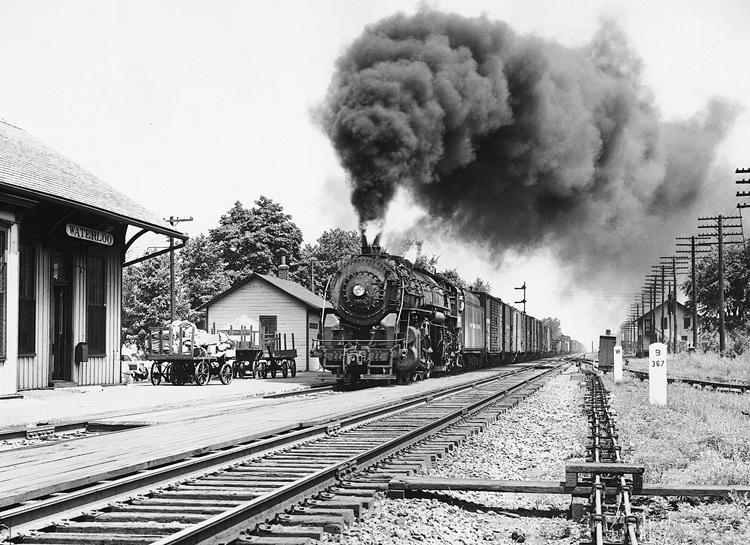
New York Central 4-8-2 2952 storms through Waterloo, Indiana, 367 miles west of Buffalo, with a westbound freight in 1948. NYC called its 600 4-8-2s “Mohawks” after the river the road’s main line followed across New York state. Photo by Robert A. Hadley […]
Read More…

Alco RSD5 572 leads the Milwaukee Road’s local freight to Sparta and Viroqua, Wisconsin, out of La Crosse in October 1971. At right is Grand Crossing tower, guardian of a tangle of tracks that includes the Chicago–Twin Cities main lines of MILW and Burlington Northern. Photo by J. W. Schultz […]
Read More…












